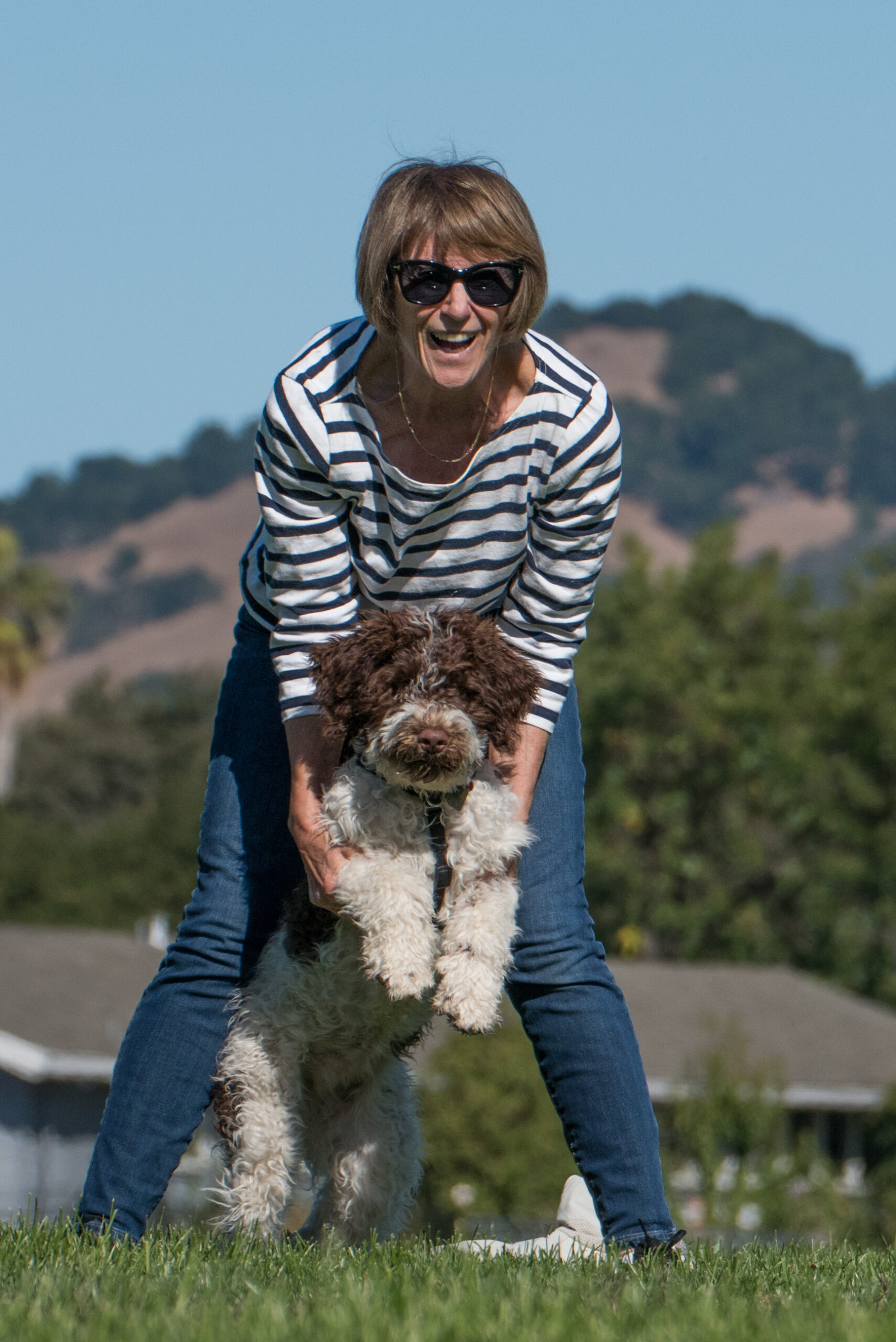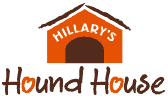
If you’ve ever raised a puppy, you know the early days are filled with wonder. Wiggly tails, floppy ears, clumsy paws—and that sweet innocence that melts your heart. But just when you think you’ve got it all figured out, something shifts. Suddenly your puppy starts barking at strangers, pulling on the leash, or ignoring cues they used to nail.
Welcome to puppy adolescence—a crucial and often confusing phase of development that deserves just as much attention and care as those first few weeks.
At Hillary’s Hound House, we think of adolescence not as a problem to solve but an invitation—to help puppies and their loved ones navigate the often confusing period between young puppyhood and the dawn of adulthood.
It’s where puppies begin to form a deeper relationship with the world and learn how to use the tools they’ve been taught to navigate it.
What is an Adolescent Puppy?
Adolescence is marked by significant changes in brain chemistry, hormone levels, and behavior. Many puppy parents are surprised to find that their previously sweet, cooperative pup suddenly seems forgetful, defiant, or overexcitable. But don’t worry—this is all part of the process.
Common Characteristics of Adolescent Puppies:
-
Selective hearing: That perfect recall you had at 4 months? Suddenly gone.
-
Testing boundaries: Just like a teenager, your pup may start pushing limits to see what flies.
-
Increased independence: They may start to explore more, wander farther, and act like they “don’t need you” (even though they do).
-
Hormonal shifts: Especially in unneutered/spayed dogs, this can result in new behaviors like marking, mounting, or increased interest in other dogs.
-
Fear periods: Temporary regressions where things that were once fine now seem scary.
-
Restlessness and energy spikes: Your pup may need more physical exercise and more mental enrichment.
-
Emotional sensitivity: Emotions run high—frustration, excitement, anxiety, even joy—all of it can get amplified.
-
Magnification of early issues: Small behavior quirks in puppyhood may now show up more dramatically (e.g. leash reactivity, fear of strangers, separation anxiety).
In short, your adolescent pup is still very much a baby—but now with more strength, bigger feelings, and more curiosity about the world. This is a pivotal time to nurture the relationship, revisit training foundations, and create a safe, structured environment that supports healthy social and emotional development.
But…What is Puppy Adolescence, Really?
Adolescence is often when subtle challenges show up in big ways. Maybe your previously chill pup starts barking at the mail carrier or struggles to settle in new places. These issues didn’t appear out of nowhere—they were almost always there in some form beforehand. But in adolescence, brain chemistry shifts, hormones surge, and emotional responses intensify—much like a human teenager.
Adolescence is between early puppyhood and adulthood—and just like in human teens, it’s a time of transformation, exploration, and sometimes, confusion. For dogs, adolescence typically spans from around 6 to 18 months and older, though this can vary by breed and size (larger breeds tend to mature more slowly).
The gift of this phase is that it shows you what you missed. And more importantly, it gives you the chance to course-correct with compassion.
What Adolescence Reveals
Not all puppies experience adolescence the same way. Some become a little clingy. Others test boundaries. Some withdraw or become hyper-sensitive to sounds or movement. At Hillary’s Hound House, we see it all.
The Teen Tune-Up Program: What Makes it Different
So what’s the difference between our Jumpstart Puppy Program and our Teen Tune-Up?
The Jumpstart program is about laying the emotional groundwork and foundational training (sit, down, stay, lighting-fast recall, leash walks plus potty training). Jumpstart is gentle, nurturing, and full of possibility. We’re there to build confidence, create positive associations, and head off potential problems before they take root.
But the Teen Tune-Up? This is where puppies learn how to use their foundation skills in the real world.
Adolescent puppies don’t just need training—they need relevance. The sit, down, or come cues taught early on won’t mean much unless your dog understands when and where to use them. Adolescents are ready to generalize: to walk calmly past another dog on a trail, to pause at a doorway, to lay quietly at a café. These skills matter now—because they open doors to more freedom, more connection, and more joy.
Training without context is just a trick. But when your adolescent learns that listening unlocks adventures? That’s transformation.
What Puppy Parents Can Expect
We know adolescence can be confusing. One week your puppy comes every time you call; the next, they act like they’ve never heard their name. It’s easy to feel discouraged or overwhelmed.
In fact, I find what frustrates puppy owners most is not knowing what to do in a given situation.
The Teen Tune-Up Program is here to help with that. We’ll help you decode your dog’s behavior and tailor activities to support them emotionally and physically.
Together, we’ll build a framework that weaves training into daily life. It’s not about perfection—it’s about learning to roll with the changes and help our puppies become resilient, confident dogs.
The Heart Of It All
Ultimately, adolescence is about becoming—not just for your puppy, but for you, too. It’s a time to deepen your bond, strengthen communication, and see your dog not just as a cute bundle of energy, but as a sentient being learning how to be in the world.
At Hillary’s Hound House, we believe adolescence is an important bridge to adulthood—a powerful, messy, meaningful phase where puppies learn resilience, claim their courage, and prepare to step into the world with confidence.
And we’re here for it—all the way.
Ready to help your adolescent pup level up?
Learn more about our Teen Tune-Up Program.



